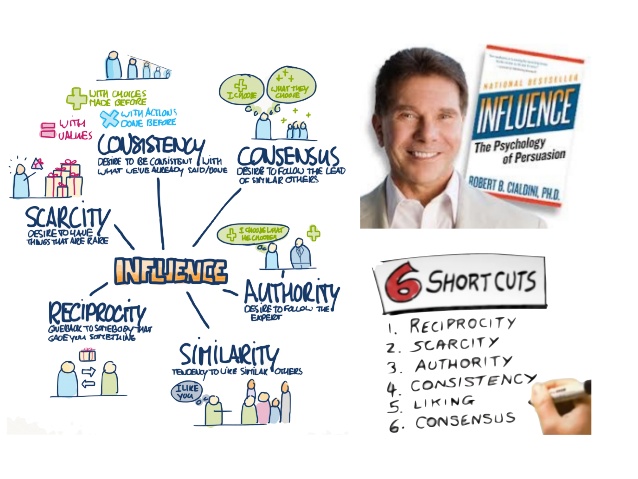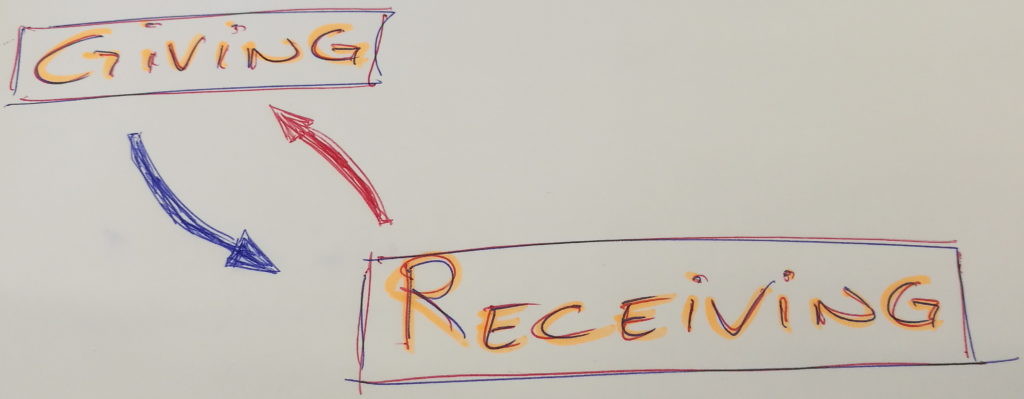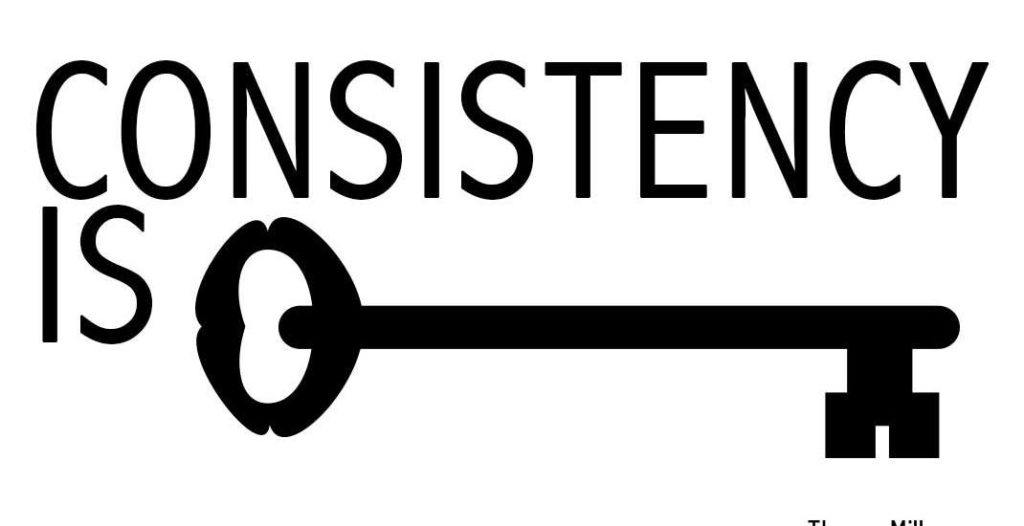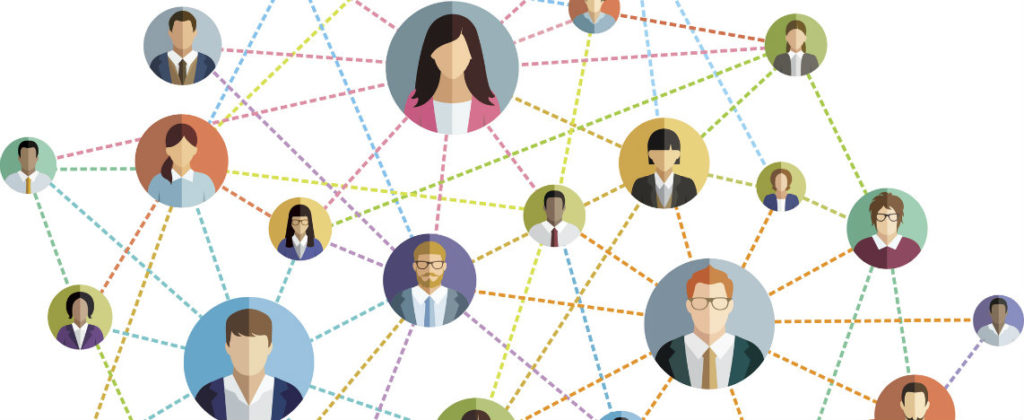
The company gave me a public speaking course in which we are dealing with various issues and knowing some of the world’s leading experts. Among the books we are using there is the book of this month.
The book of the month is…
Influence: The psychology of persuasion, written by Robert Cialdini. Psychologist and marketing professor at Arizona State University, he has identified (and reported in this book) 6 categories within which the main persuasion techniques are included:
- Reciprocity
- Commitment and Consistency
- Social Proof
- Liking
- Authority
- Scarcity

It is possible to use these techniques also on the web, for example to optimize the contents and the design of a site making sure that the visitors stay longer on the pages, and perform with more probabilities the actions we want.
I underline that these techniques are not “manipulative” but, as will be understood, are the basis of every good marketing strategy.
1. RECIPROCITY
Feel obliged to return a favor.

Reciprocity is when we give something to someone, and he/she feels obliged to return the favor. This act is very rooted in our culture, to the point that we almost feel obliged to reciprocate in some way what we receive.
2. COMMITMENT AND CONSISTENCY
Desire to be consistent with what we’ve already said/done

Those who do not remain coherent over time towards a particular focus, risk passing through unreliable or superficial. Maintaining a coherent image has a “reassuring” function towards those who observe us, because it does not force people to make a new assessment of us: changing the way of acting obliges those who follow us to perform a reassessment, introducing complexity and stress.
3. SOCIAL PROOF
Follow the lead

It’s the desire to follow the lead of other, the similar others. Like in Facebook or Linkedin, if something has a big number of likes and followers, it has undoubtedly a positive effects on us.
4. LIKING
We like doing business with whom we like.

The nicest and most attractive people often result more persuasive, and we tend to give them more positive traits. Furthermore, it is good to remember that the attraction can be based on similarity: we tend to like people who in some way are similar to us
5. AUTHORITY
To obey is right while disobeying is wrong.

We follow the desire to follow the expert. The statements made by authoritative people are very persuasive and even symbols, logos or qualifications issued by authoritative subjects can greatly increase the credibility.
6. SCARCITY
The best way to love something is to think about the fact that you could lose it

We tend to underestimate what is abundant, and to overestimate what is scarce. Opportunities appear to us more desirable when their availability is limited. The idea of potential loss plays a very important role in the processes of human decision making.
SUMMING UP
Knowing these mechanisms therefore allows marketing specialists to obtain the estimated results with less effort and greater effectiveness. The idea (applied to marketing) is precisely to study the consumer, to understand why he wants to buy starting from the interpretation of his needs and the stimuli to which he reacts.
Why is a request formulated in a certain way rejected, while an identical request, presented in a slightly different way, obtains the desired result?
